Description
A strong tip by Walter H. Gallaway printed on a T-Shirt
About the T-Shirt
Regular fit
Standard length, the fabric easily gives into movement
Casual wear
A classic, everyday option loved by our customers
Side-seamed
Constructed by sewing two parts together, creating a fitted look
The Unisex Staple T-Shirt feels soft and light with just the right amount of stretch. It’s comfortable and flattering for all. We can’t compliment this shirt enough–it’s one of our crowd favorites, and it’s sure to be your next favorite too!
- Solid colors are 100% Airlume combed and ring-spun cotton
- Ash color is 99% combed and ring-spun cotton, 1% polyester
- Heather colors are 52% combed and ring-spun cotton, 48% polyester
- Athletic and Black Heather are 90% combed and ring-spun cotton, 10% polyester
- Heather Prism colors are 99% combed and ring-spun cotton, 1% polyester
- Fabric weight: 4.2 oz./yd.² (142 g/m²)
- Pre-shrunk fabric
- 30 singles
- Side-seamed construction
- Tear-away label
- Shoulder-to-shoulder taping
- Blank product sourced from Nicaragua, Mexico, Honduras, or the US
Walter H. Gallaway (1870-1911)
Walter H. Gallaway was one of the most accomplished of Indiana illustrators from the early twentieth century. He drew cartoons and illustrations for the three main humor magazines of his day, Puck, Judge, and Life, while his talent for cartooning landed him in a tug-of-war between Hearst and Pulitzer papers in New York City.
Walter H. Gallaway was born in Pendleton, Indiana, on October 10, 1870, and moved with his family to Indianapolis at age fifteen. He didn’t care for high school and left after two years to study art under William Forsyth at the Indiana School of Art. At age twenty, Gallaway set out for New York City, determined for a career in the theater. He studied at the Art Students League but was forced to return to his Indiana home for lack of finances after only a year. During the last decade of the nineteenth century, Gallaway drew pictures for the Indianapolis News, using his position as a springboard for a return to New York. By 1900 he was back in the Big Apple and sharing living quarters with Frederick Coffay Yohn, a fellow Indiana artist.
For the next several years, Gallaway bounced back and forth between the New York Journal and the New York World. He also cartooned for the New York Herald and the Boston Herald. In addition to drawing cartoons and illustrations for those two papers, Gallaway contributed to humor magazines, as well as to Munsey’s Magazine and The Saturday Evening Post.
Walter Gallaway died on September 7, 1911, at his home in Westport, Connecticut, and was buried in Brooklyn.

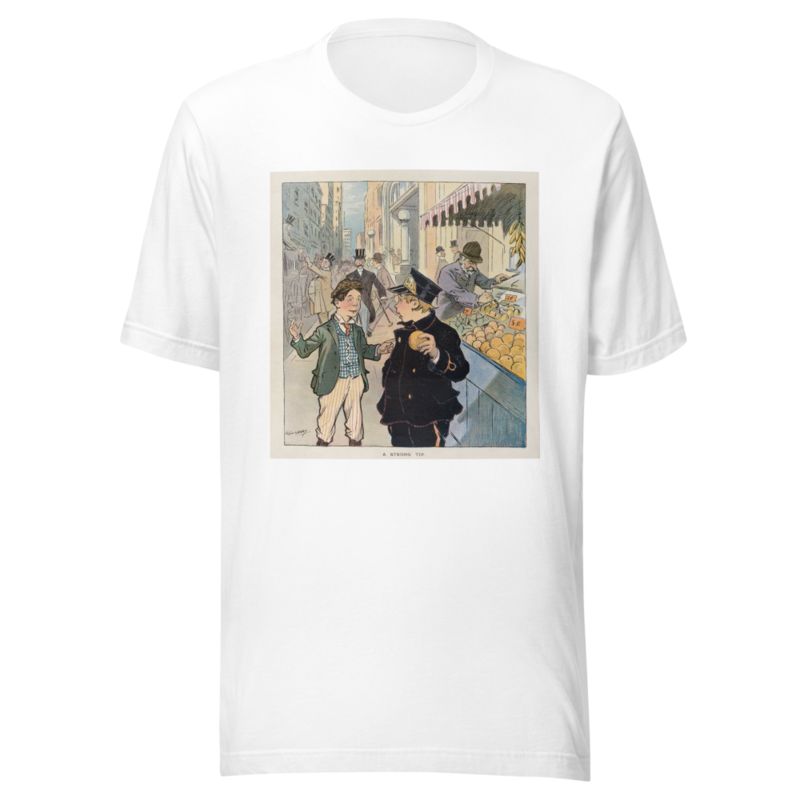
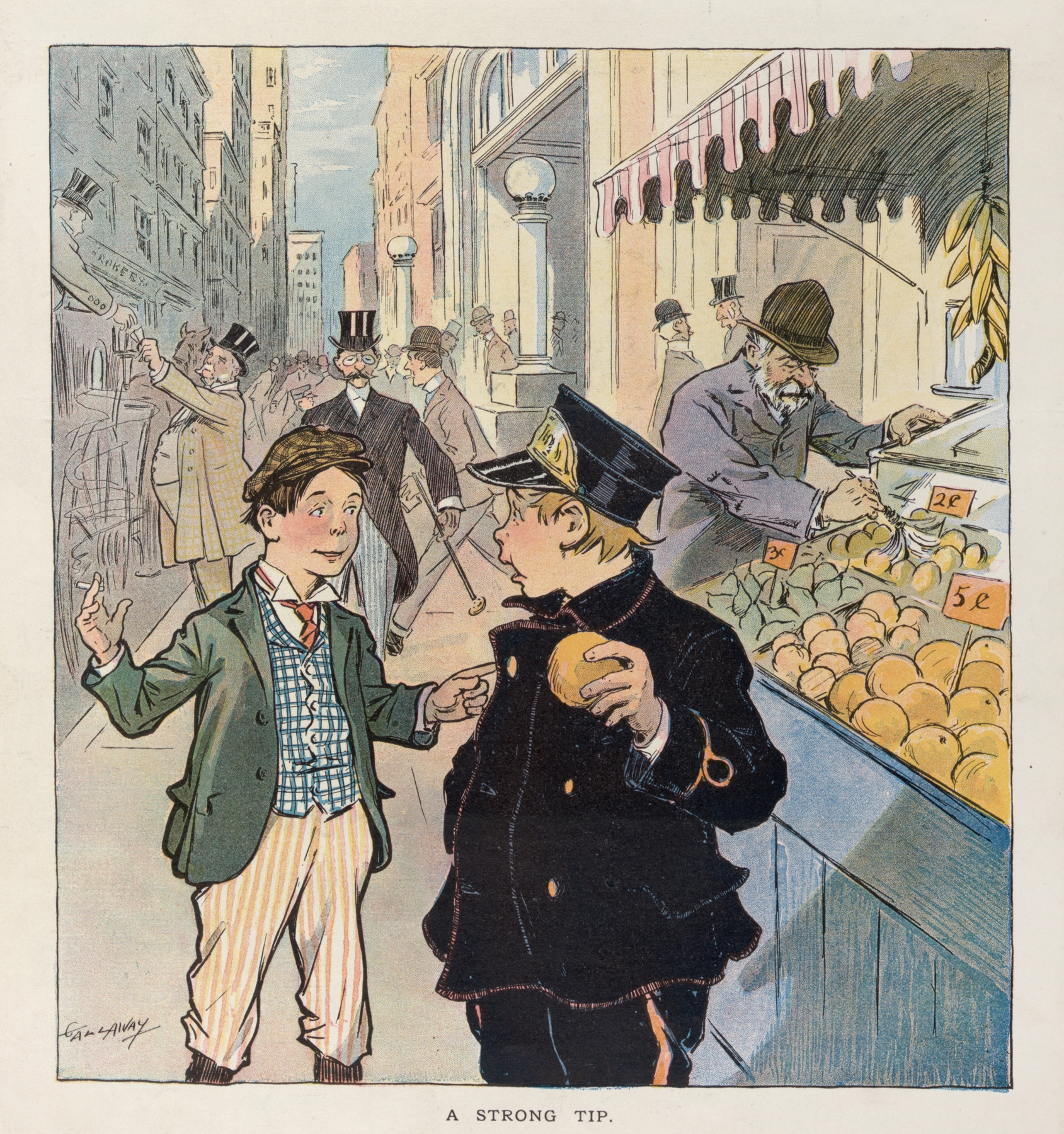
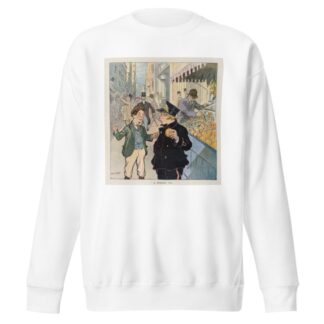
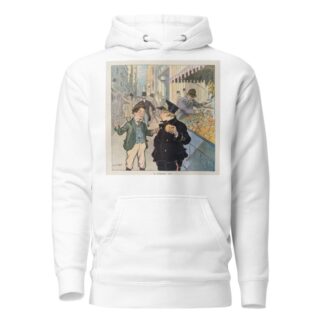
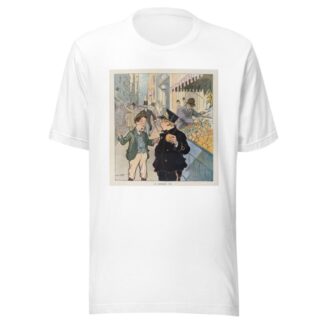
Reviews
There are no reviews yet.